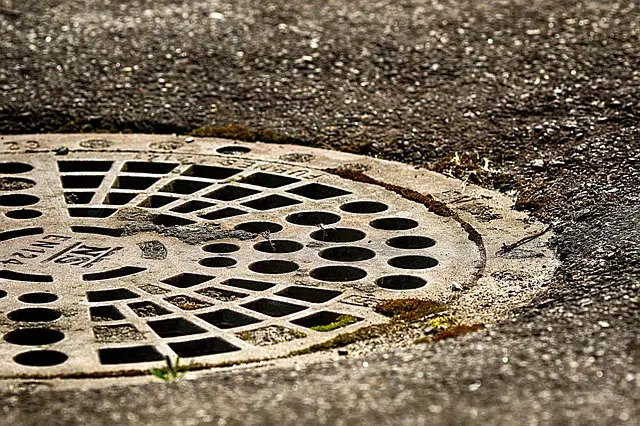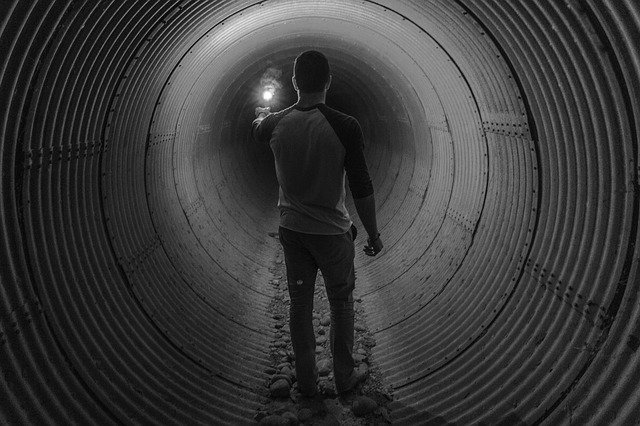
Sewers collect rainwater.
The term sewer emerged as the diminutive of alcántara . Alcántara is called, according to the dictionary of the Royal Spanish Academy ( RAE ), the trunk-type box that, on a velvet loom, is used to store the fabric that is being made.
The notion of sewer, in any case, has nothing to do with looms. The concept refers to a sink or underground aqueduct that allows the collection of wastewater or rainwater to transfer it through conduits .
History of the sewers
It is important to note that in the etymology of sewer the Spanish Arabic word alqánṭara appears, which refers to a “bridge” . The oldest sewers, in this framework, resembled a small bridge since they consisted of a barrel vault supported by two walls. In this way, a channel was created in the lower sector.
The oldest sewer system on record was found in Nippur , an ancient city of the Sumerian culture that is currently part of the territory of Iraq . Based on the remains found, it is estimated that these sewers were built around the year 3750 BC .
Sewers were created with the objective of facilitating the evacuation of rainwater to avoid stagnation and flooding . As local populations began to grow, other needs arose and sewers began to evolve.
How they work
Sewers integrate sanitation systems and enable the evacuation of water . The set of sewers in a neighborhood or town is known as sewage .
Today they usually consist of underground concrete conduits with an ovoid or circular cross section. Once the water reaches the sewer and enters through the manhole , it is gathered through branches and diverted to the so-called collectors (or collector sewers ).

The set of sewers in an area is called sewage.
It is important to note that the operation of sewers is produced by gravity . On specific occasions, and only for small sections, they consist of pipes that do their work by vacuum or pressure.
The sewer as a drain
The idea of a sewer can also be used to refer to a cutoff . This is an infrastructure work that is linked to drainage , although it has different characteristics than those mentioned above.
The sewer or cutoff serves to drain surface water transversally. What it does is allow water to flow under a railway, highway or other type of road, creating a type of bridge .
Places in Spain and Portugal
Alcantarilla is the name of a municipality located in the province of Murcia ( Spain ). In the area where it is located there were already populations in the 5th century BC.
Currently Alcantarilla has more than 42,000 inhabitants. The ferris wheel known as Rueda de la Huerta or Rueda de Alcantarilla ; the Terol Mansion ; the Convent of the Minimums ; the Church of Our Lady of the Assumption ; and the Hermitage of Nuestra Señora de la Salud are some of the best-known buildings in the region.
In Portugal , finally, there is a parish called Alcantarilla . Its population barely exceeds 2,000 inhabitants.
